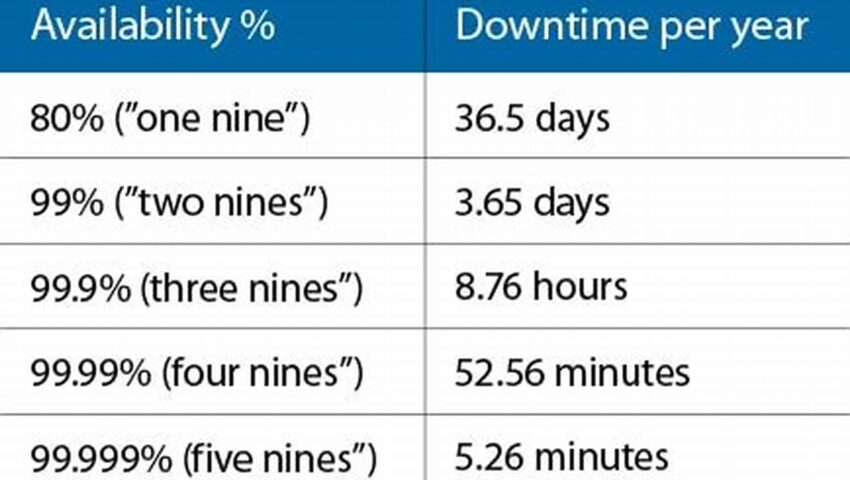High availability is a critical requirement for mission-critical systems. This involves minimizing downtime and ensuring services remain accessible for the maximum amount of time possible. A common benchmark for high availability is “five nines” (99.999%) uptime, representing approximately five minutes of downtime per year. Achieving this level of reliability requires careful planning, implementation, and maintenance, particularly in the context of Linux-based systems.
Redundancy
Eliminating single points of failure through redundant hardware and software components is essential. This includes redundant power supplies, network connections, and even servers.
Monitoring
Comprehensive monitoring tools provide real-time insights into system performance and potential issues, enabling proactive intervention before they escalate into downtime.
Automated Failover
Automated failover mechanisms ensure seamless transition to backup systems in case of primary component failure, minimizing service interruption.
Load Balancing
Distributing traffic across multiple servers prevents overload on individual systems, enhancing stability and responsiveness.
Security Hardening
Robust security measures protect against unauthorized access and malicious attacks that could compromise system availability.
Regular Maintenance
Scheduled maintenance, including patching and updates, addresses vulnerabilities and ensures optimal system performance.
Disaster Recovery Planning
A well-defined disaster recovery plan outlines procedures for restoring services in the event of catastrophic failures.
Thorough Testing
Regular testing of failover mechanisms and disaster recovery procedures validates their effectiveness and identifies potential weaknesses.
Performance Optimization
Optimizing system performance reduces the risk of resource exhaustion and improves overall stability.
Expert Consultation
Seeking guidance from experienced professionals can provide valuable insights and best practices for achieving high availability.
Tips for Enhanced Reliability
Tip 1: Implement a robust logging system. Detailed logs facilitate rapid diagnosis of issues and aid in post-incident analysis.
Tip 2: Utilize configuration management tools. These tools automate system configuration and ensure consistency across multiple servers.
Tip 3: Employ stress testing. Simulating high-load scenarios helps identify potential bottlenecks and optimize performance under pressure.
Tip 4: Document all processes and procedures. Clear documentation streamlines troubleshooting and facilitates knowledge transfer.
Frequently Asked Questions
How does redundancy contribute to high availability?
Redundancy eliminates single points of failure. If one component fails, a redundant component takes over, ensuring continuous operation.
Why is monitoring crucial for achieving high uptime?
Monitoring provides real-time visibility into system health, enabling proactive identification and resolution of potential problems before they impact service availability.
What is the role of automated failover in minimizing downtime?
Automated failover automatically switches to backup systems in case of primary component failure, reducing the time required to restore service.
How can load balancing enhance system stability?
Load balancing distributes traffic across multiple servers, preventing overload on individual systems and ensuring consistent performance.
Why is security hardening important for high availability?
Security vulnerabilities can be exploited to disrupt services. Hardening systems against attacks protects against downtime caused by security breaches.
What is the purpose of disaster recovery planning?
Disaster recovery planning outlines procedures for restoring services in the event of major outages or catastrophic failures, minimizing the impact of such events.
Achieving and maintaining high availability requires a multi-faceted approach. By implementing the strategies and best practices outlined above, organizations can significantly enhance the reliability and resilience of their Linux-based systems.

